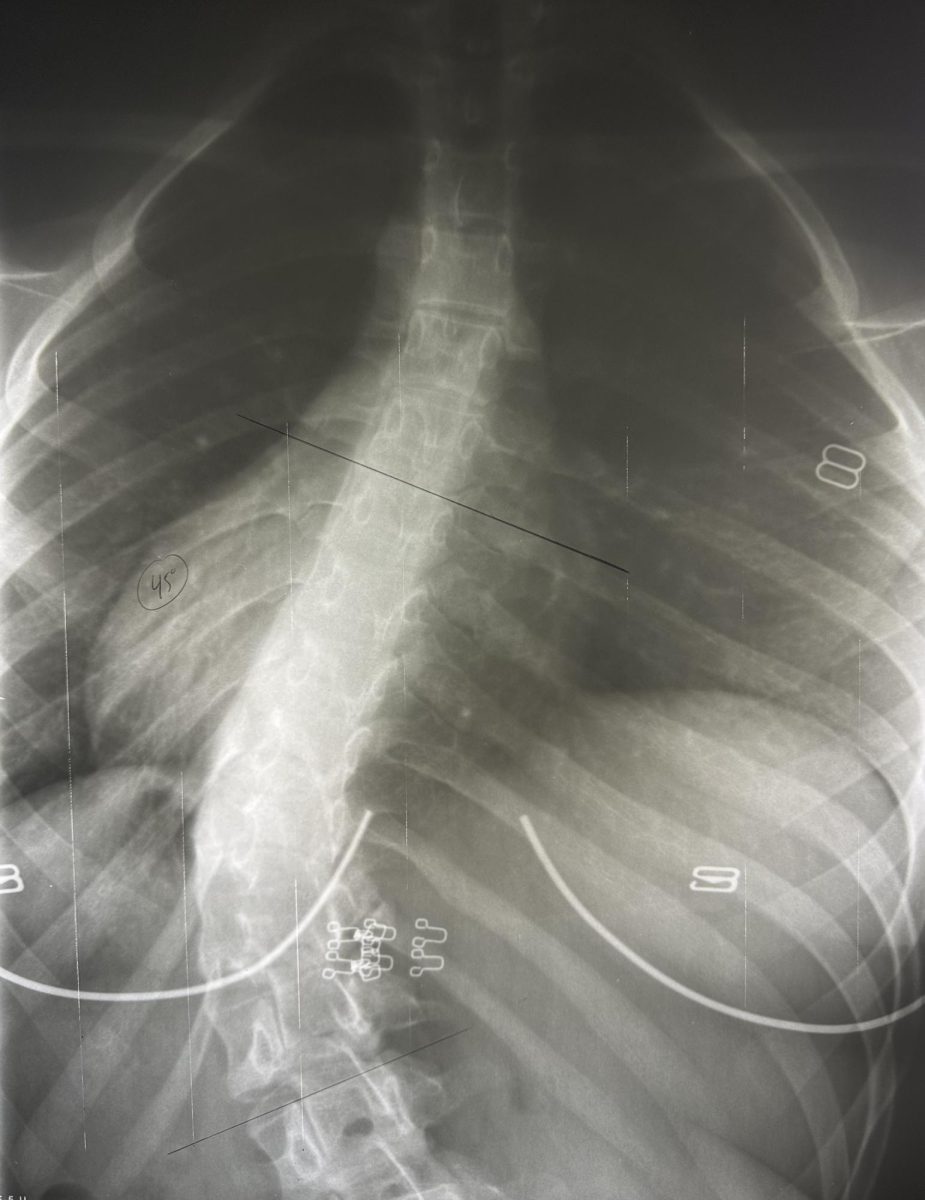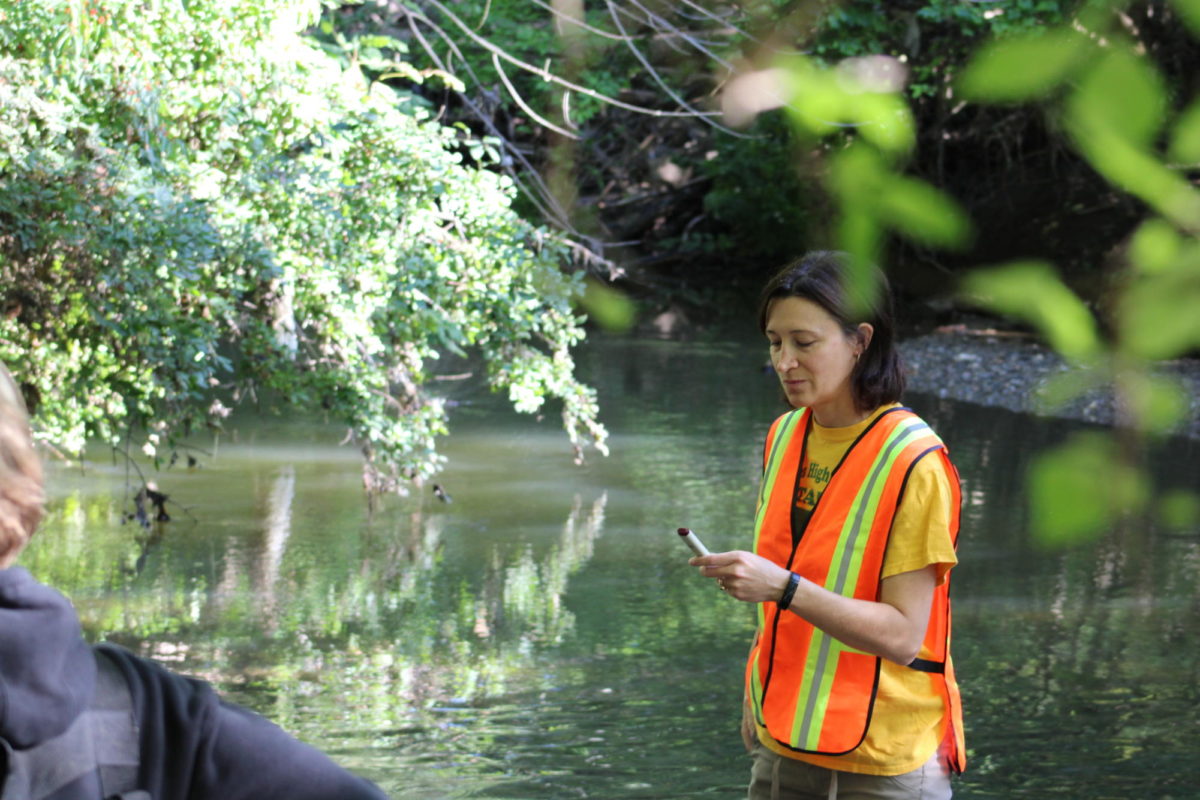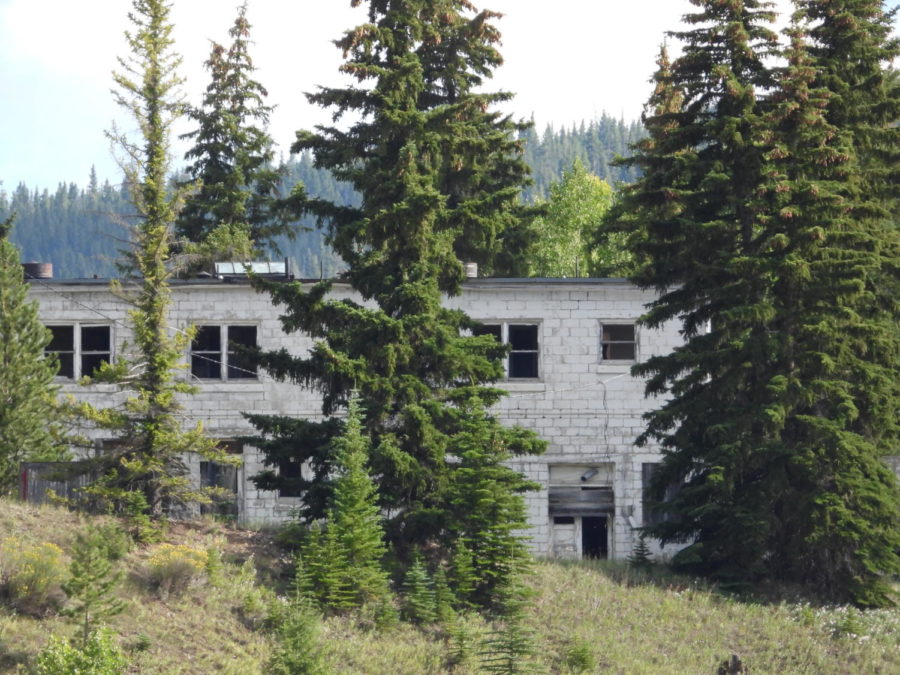Gilman, Colorado – The Chernobyl of mining towns
This white building is completely surrounded by pine trees on August 23. Its windows have been shattered and its walls are dirty and worn down.
March 17, 2022
The town of Gilman, Colorado started off like any other mining town. It began as a series of mines that lay at the bottom of a valley that was situated below Battle Mountain. The first of these mines was established in 1878, and the rest followed. In 1879, the construction of a new mine known as Beldon was approved. Later that year, another mine, the Iron Mask Mine, was developed near the Beldon mine. This mine would quickly become the leading producer of zinc and lead for Colorado for the next few decades.
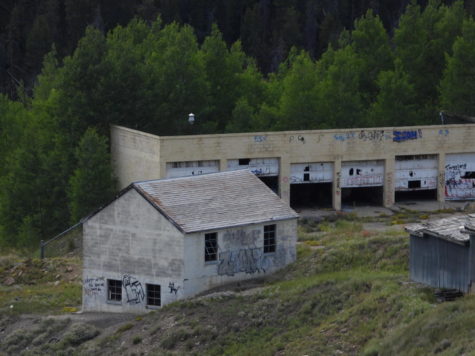
In 1882, it was realized that the Beldon area mines were destined to become one of the country’s leading mineral supplies, it was decided that a new stretch of the Rio Grande and Denver railroad would be created to transport minerals from the mines. On November 3, 1886, the town that would eventually go on to become Gilman was founded as the town of Clinton. After realizing that the name of the town was already taken by another mining town in California, the town was renamed after a local miner by the name of Henry M. Gilman.
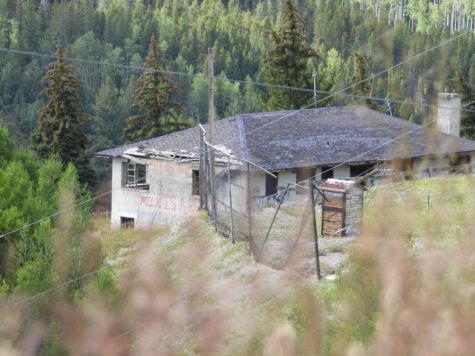
As time went on, the town began to evolve from a small mining camp to a place where families could live happy lives. Soon, a theater was built in the town where traveling acts could come and perform for the miners. Even a hotel was built, and eventually, a newspaper, The Gilman Enterprise, was created. Though the town prospered through most of its history, a fire that spread rapidly in 1899 destroyed the majority of the town. But the miners were able to rebuild the town in a short time span, and soon it was prospering once again.
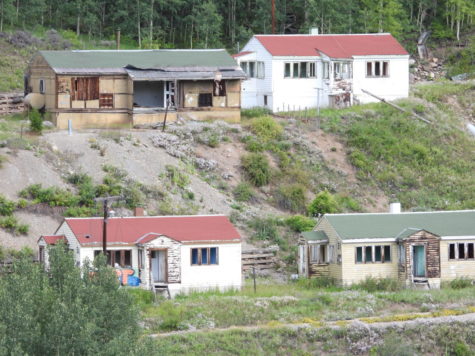
Soon the need for zinc outweighed the need for silver. In 1912 the mine was taken over by a new company, New Jersey Zinc, which began buying all the mines surrounding Gilman. They renamed the Iron Mask Mine to Eagle 1 and Eagle 2. By this time, the population of Gilman had rapidly dropped from over a thousand people to less than five hundred. At this time, a hospital was erected in the town to serve the population. Eventually, skiing was introduced to the town by Scandinavian workers long before any of the large ski resorts opened nearby. The wilderness around Gilman was used for many activities such as hiking, hunting, camping, and fishing. During the Great Depression, when most of the mines in Colorado closed temporarily or for good, the Eagle Mine miraculously remained open.
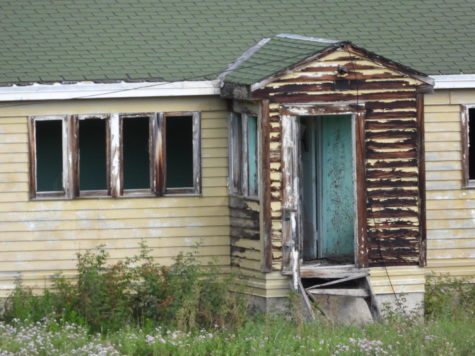
The town remained a lively and happy mining town all throughout the mid-90s until the 80s. That’s when tragedy struck. The town only boasted a population of around 60 people when it was discovered that the water, which was drank by the citizens and workers of the town, contained toxic and dangerous chemicals. The citizens of the town were given two days to take whatever they could and leave. They were never told when they would be able to return. The town was left frozen in place. Food remained on tables and clothes hung on clotheslines. Soon after this realization, the US government stepped in, declaring the 235-acre area surrounding the town and the Eagle Mine a superfund site, and it has remained abandoned ever since.
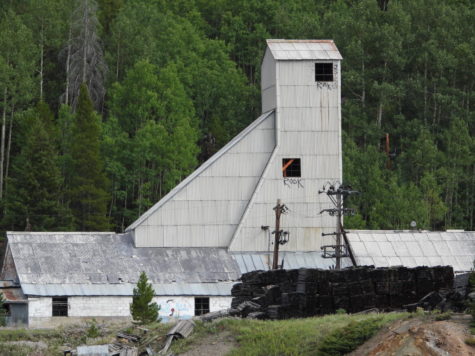
Now, the town of Gilman remains a ghost town, isolated deep in a valley in the forests of Colorado. Although people have visited the town to take photographs and observe its beauty, it is highly illegal to go into it. Local law enforcement has been known to chase trespassers out on ATVs and in jeeps. Even though you cannot go into the town, there are highway pull-offs above it that allow you to view the abandoned buildings which line the ridge high above the mines which have now almost all been filled in with cement.
This town, frozen in time, serves as a reminder not to take nature for granted, as it will always come back with a fury of revenge.









